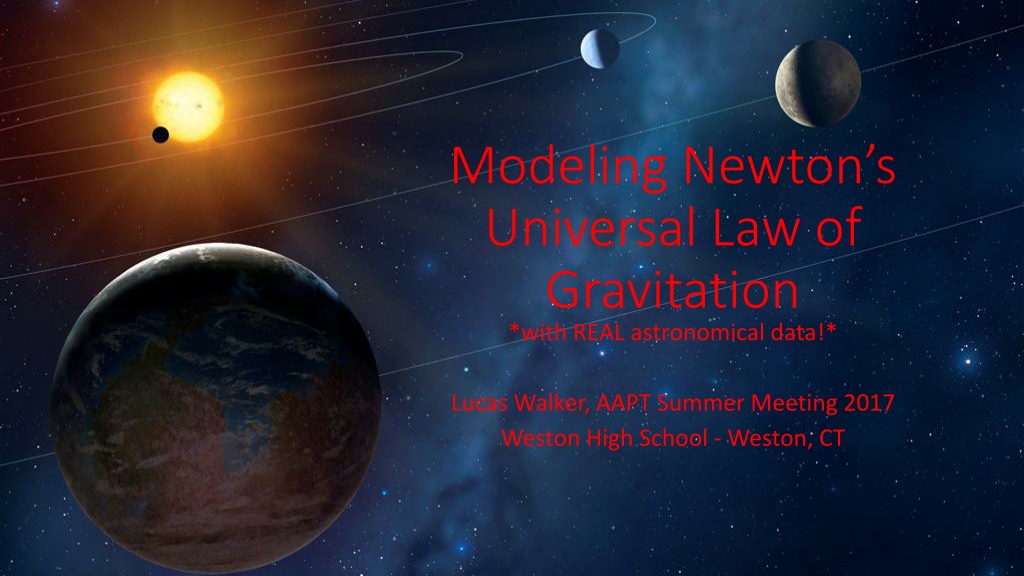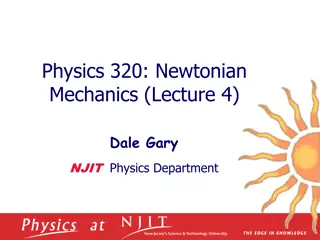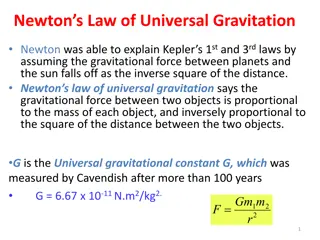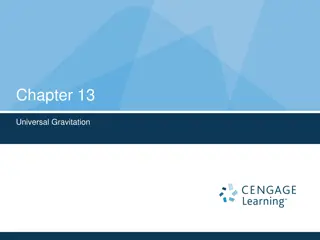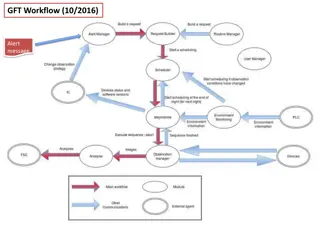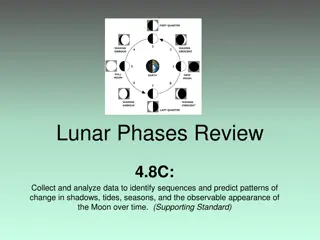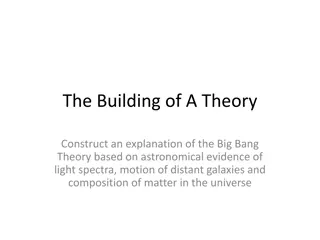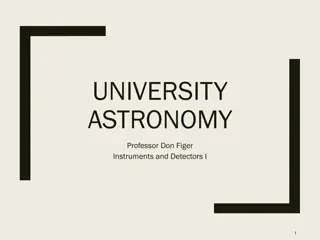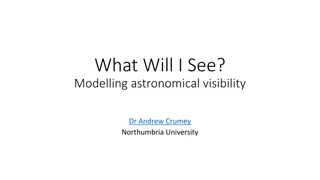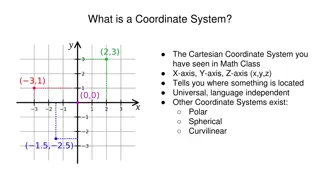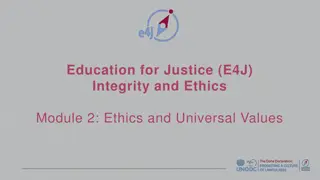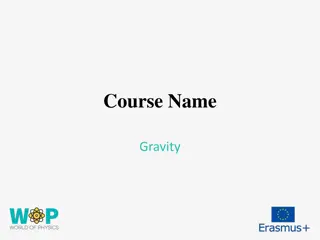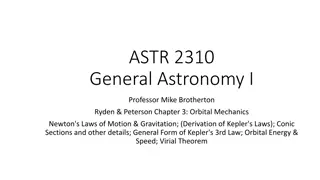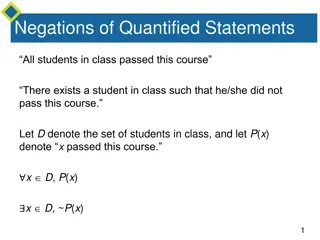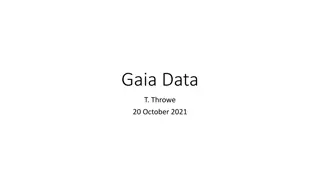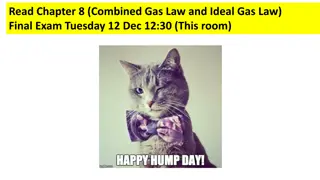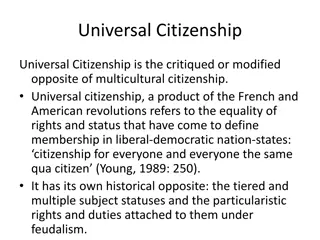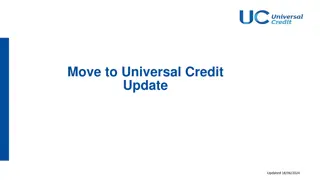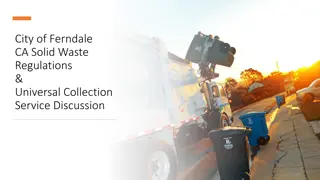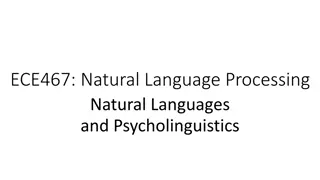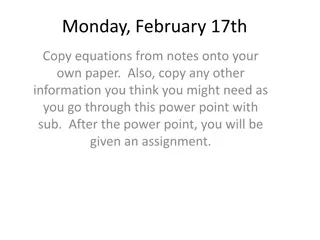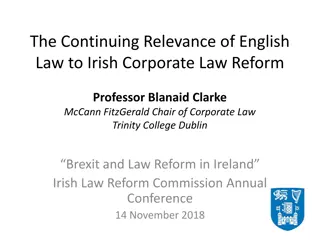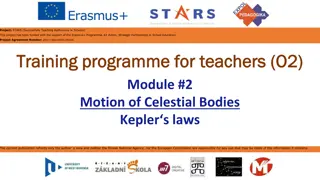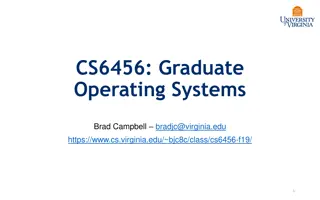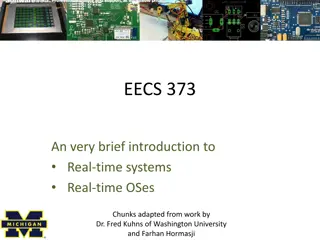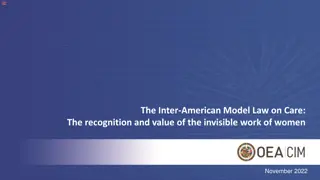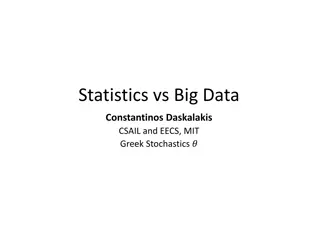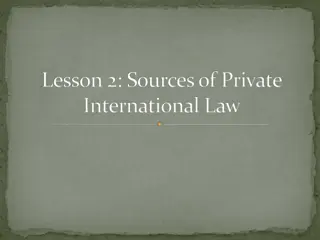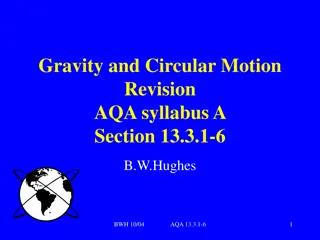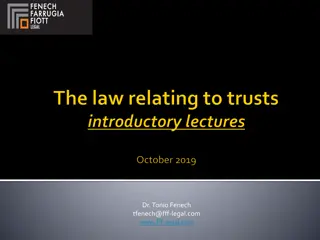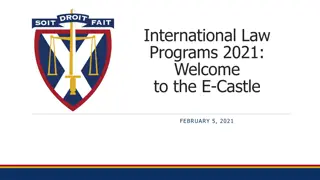Understanding Newton's Universal Law of Gravitation with Real Astronomical Data
Explore the application of Newton's Universal Law of Gravitation using real astronomical data in an inquiry-driven approach. Learn about NGSS requirements, modeling pedagogy, and the relationship between mass, weight, and gravitational intensity. Engage in student-centered activities to develop a quantitative model for gravity in an 8-minute immersive session.
Uploaded on Sep 27, 2024 | 0 Views
Download Presentation

Please find below an Image/Link to download the presentation.
The content on the website is provided AS IS for your information and personal use only. It may not be sold, licensed, or shared on other websites without obtaining consent from the author. Download presentation by click this link. If you encounter any issues during the download, it is possible that the publisher has removed the file from their server.
E N D
Presentation Transcript
Modeling Newtons Universal Law of Gravitation *with REAL astronomical data!* Lucas Walker, AAPT Summer Meeting 2017 Weston High School - Weston, CT
Goals Provide background on NGSS requirements relating to Newton s Universal Law of Gravitation. Demonstrate a phenomenon-based entry point, inquiry-focused investigation, and method for students to develop a quantitative model for gravity. All in 8 minutes! Buckle Up!
NGSS Framework No problems here! This is content which is traditionally covered in an introductory physics course, for sure.
NGSS Framework Wait my students need to do an EXPERIMENT about Newton s Universal Law of Gravitation? Analyze and interpret data? I don t know about you but my school doesn t have an observatory, and I m not Henry freakin Cavendish over here!
NGSS Framework Um, computational thinking? Isn t that programming? I wasn t trained for this! Students need to construct an EXPLANATION? Hypotheses non fingo!
Modeling Pedagogy modelinginstruction.org Student-centered, inquiry driven The steps: Ask questions & define variables Collect data, plot it, and find a mathematical relationship Interpret constants and generalize Test model & refine as necessary until it breaks!!
Ask Questions & Define Variables BEFORE tackling Newton s Universal Law of Gravitation, we have already discussed the following: Mass vs. weight, gravitational intensity on Earth is 9.8 N/kg but is different on other planets NASA videos Objects in free fall near Earth experience a = 9.8 m/s per second, and this is not a coincidence but explained with N2L. Objects undergoing uniform circular motion have nonzero acceleration, and we can calculate the magnitude of the acceleration with a = v2/r. N2L still applies to acceleration of this type, so we can infer a centrally directed force proportional to the acceleration of such an object.
Ask Questions & Define Variables Good practice with circular motion: look up orbital characteristics of the ISS and find its acceleration. Wait a minute it s only 9.1 m/s per second? I thought Earth s Gravity gave all objects an acceleration of 9.8? What does this mean about the FORCE the ISS is experiencing in its orbit vs. the force it would experience on Earth? What might cause the gravitational intensity to be weaker?
Ask Questions & Define Variables We are given the impression that gravitational intensity gets weaker the further we get from a given planet. What kind of GRAPH would show this relationship? Gravitational Intensity vs. Orbital Radius
Collect Data, Plot It, and Model Search systems with 5 or more objects Record orbital radius and orbital period for each object Students use uniform acceleration equations to calculate acceleration = gravitational intensity. Repeated calculations is a great opportunity to use a spreadsheet and do some programming! Use as many steps as is appropriate for your students!
Collect Data, Plot It, and Model Plot gravitational intensity vs. radius Conclude that acceleration of a planet is inversely proportional to the square of its orbital radius. (I know I am cheating and I don t care with my Honors class I did a side project about how Kepler actually figured this out.) **Desmos Graphing Calculator is your web-based data analysis solution!**
Interpret Constants and Generalize We now have 6-8 sets of data on solar systems whose planets all follow the relationship g = b/r2 where b is a constant Multiplying both sides by mass of planet m would give F = b(m/r2) What could the constant represent what else affects gravitational force? Provisionally then we go with F = Mm/r2. This equation both reflects everything we qualitatively understand about how gravity works AND our quantitative data from exoplanets.
Test Model Plug in some known values and calculate the gravitational force that SHOULD be felt by some pairs of objects in your classroom. Something is wrong with our equation! Now is a good time to bring up Cavendish. (This is my fave video because it s qualitative and clear. Thanks Frank! https://www.youtube.com/watch ?v=dyLYbvZIYoU)
Did we address our NGSS Framework? After all that, students should REALLY understand what it means that NULG is a mathematical model! I d come back to the field thing after we find that Coulomb s Law follows a similar mathematical model.
NGSS Framework Check! We discussed the kind of data we would need, located it and processed it to make it useable for our purposes. Yep! We used an inverse-square model to match our data, and we interpreted the meaning of the constant.
NGSS Framework Yes! Not only did we use our circular motion models to enable data analysis, but we also used rudimentary programming skills to quickly process a large amount of data in a spreadsheet (computation)! Students grapple with the meaning of the inverse-square force law as a relationship that was FOUND in data, not given from a book, and are faced with the same fundamental weirdness that led Newton to famously NOT propose an explanation! I don t know, have them write a paragraph about it! Content-area literacy connections?
Known Issues With This Sequence Students do struggle with formulating the experiment in the first place. Using circular acceleration as a proxy for measuring gravitational force is a little tricky, conceptually. The calculations are eased by the use of the spreadsheet but can also trip students up. Using units of AU for distance and days for time makes it easier to process the data directly from the database but leads to very small accelerations. Inquiry takes time! My school has ~1 hr periods: 1 period to pose question and design experiment 1 period to find data and process it 1 period to graph, find relationship, write equation & discuss 1 period to test relationship and talk about Cavendish Additional time to do practice problems with the finished Universal Law of Gravitation as needed. Your mileage may vary.
Very Many Thanks To: Exoplanets.org AMTA & modelinginstruction.org I didn t use any of their materials to come up with this but my approach was very much shaped by Modeling Pedagogy Anna Balouskus worked to develop this for classroom deployment this year, came up with a really cool extension where students make some calculations about gravitation, year length, etc. on various exoplanets and make a tourism poster but it needs more work :D It is easier to innovate when your curriculum partners & department chair are so supportive! Connect on Twitter! @RealMrSkyWalker
